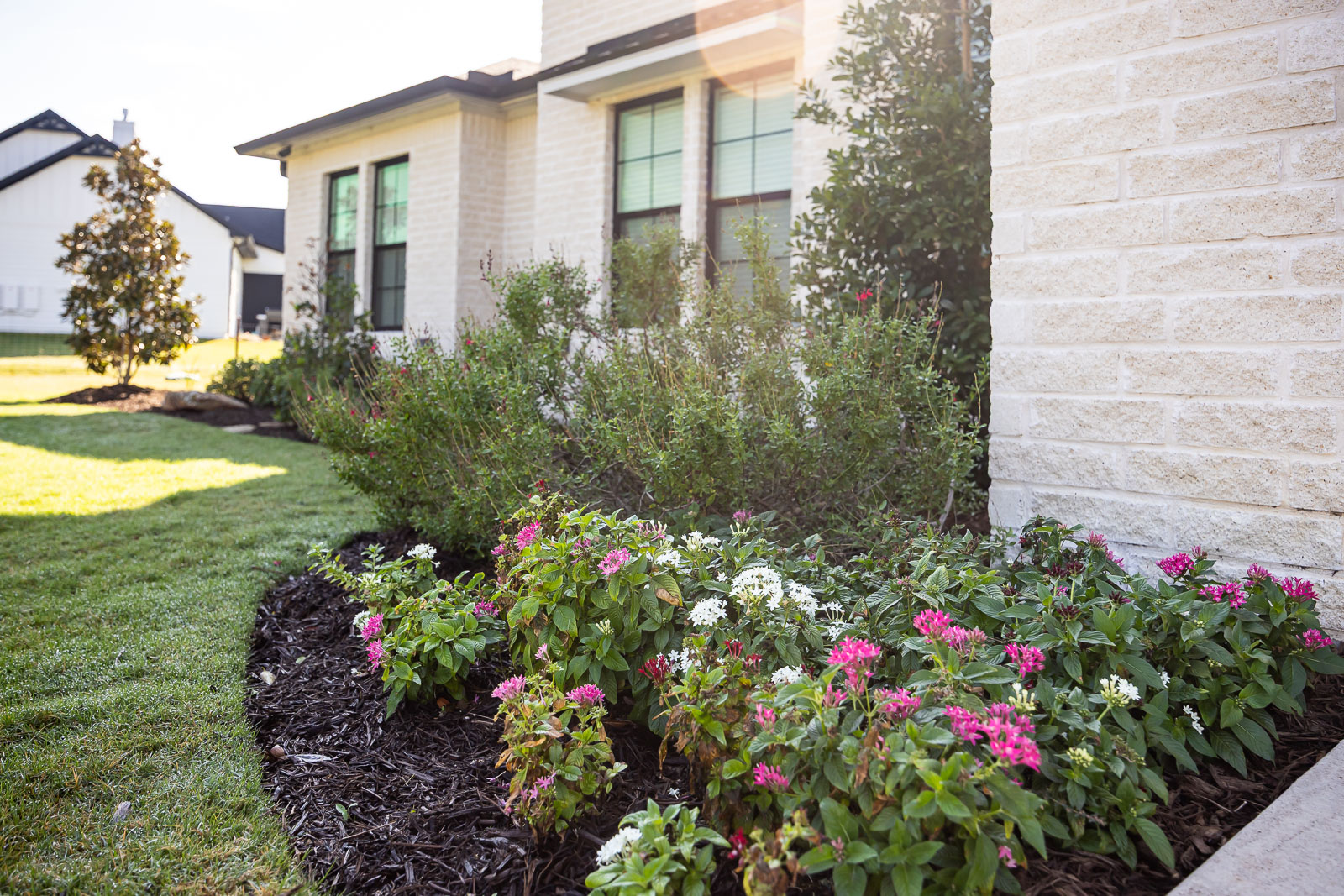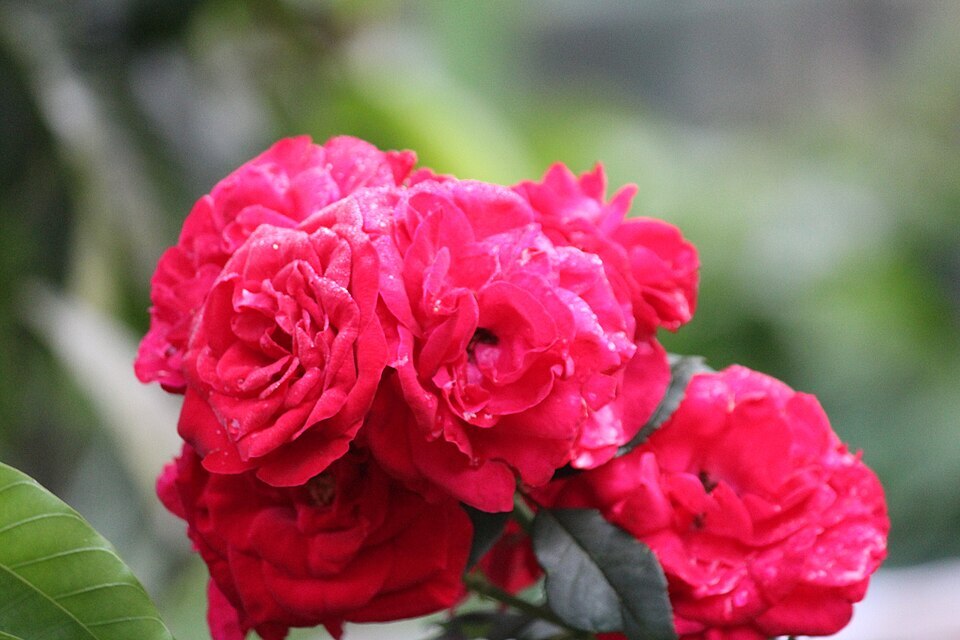
Written By Barry Marusak
You’re trimming your roses and notice something odd: way more thorns than usual, a few strange shoots, leaves that don’t look quite right. It’s enough to make any homeowner wonder what’s going on.
These sudden changes are often the first red flags of Rose Rosette Virus, a fast-spreading virus that can destroy your beautiful rose garden.
Let’s explore what exactly the Rose Rosette Virus is, the key signs to watch for, whether it can be cured, and how to prevent it from invading your yard in the first place.
What is Rose Rosette Virus?
Rose Rosette virus is a destructive rose bush disease Waco, TX, homeowners often encounter, which can destroy the plant. It is carried by a microscope mite that feeds on rose plants. When these mites move from one rose to another, they actually transfer the virus into the plant’s tissue, where it spreads through the stems.
The virus doesn’t just stay in one area. It can infiltrate new growth, causing abnormal development that worsens as the infection progresses. While the disease primarily spreads through mite activity, it can also linger in the sil and root fragments. Because of its stealthy spread and the difficulty of treating infected plants, understanding how the virus works is the first step in protecting your roses.

How to Identify Rose Rosette Virus
The most reliable signs of rosette virus show up in the way the plant grows. Instead of producing normal, balanced branches, infected roses develop odd and uneven growth. You might see long, stretched-out shoots popping up in random places or clusters of dense, tangled stems.
One of the most recognizable rose rosette disease symptoms is the explosion of thorns. A healthy rose bush has thorns spaced out along its stems, but a rose with this virus often has very thick and aggressive thorn clusters that are noticeable. As the infection progresses, leaves begin to change. They may twist, curl, or shift in color, gradually fading or taking on an unhealthy reddish tone. When all of these growth issues stack together, they’re strong indicators that the Rose Rosette virus may be present.

Can Rose Rosette Virus be Cured?
Unfortunately, Rose Rosette Virus cannot be cured once a plant is infected. No spray, pruning technique, or treatment can reverse the virus once it has entered the rose’s system. Because it spreads so easily through the plant's tissue, the infection eventually reaches every branch.
The virus also spreads readily to nearby roses. This is why quick removal once a plant is infected is critical. Once a shrub is confirmed infected, the entire plant should be dug out, including the root system. Even though the virus isn’t considered soil-borne, infected roots left behind can still harbor live virus particles, which can pose a risk if new roses are planted too soon in the same spot. Removing the surrounding soil helps reduce that lingering risk and gives plants a clean start when replanting in the future.
Rose Virus Prevention Tips
While Rose Rosette Virus can’t be cured, there are some things you can do to lower the chances of it taking hold in your landscape. Prevention comes down to a few smart landscape maintenance habits that reduce mite activity and help you spot trouble early.
1. Prioritize regular inspections. Take a close look at your roses throughout the growing season. Early, uneven growth or unexpected thorn clusters can be easier to catch when you are checking in routinely. Many homeowners only notice the issue once it’s spread far beyond one branch, so simple walkthroughs can make a big difference.
2. Use proper pruning techniques. Good airflow discourages mite movement and keeps plants healthier overall. Remove dead or crowded branches to improve airflow and reduce hiding places for mites. Pruning not only keeps plants healthier but also helps limit the spread of the virus if an infection does appear.
3. Give plants the space they need. Dense, cramped rose plants create easy pathways for mites and the disease to travel. When roses are spaced correctly, air moves freely through the garden, and insects have fewer sheltered areas to hide.
Remove any suspect plants immediately to prevent mites from moving to healthy bushes. It is also helpful to keep weeds and other plant debris cleared, as they can also harbor pests. Ideally, consider consulting a professional for ongoing monitoring and guidance, especially if you have a large rose garden or valuable plantings.

Partnering with Green Ackors for Plant Health Care in Waco, TX
Rose Rosette virus can feel overwhelming, especially when it spreads quietly and offers no cure once plants are infected. Staying ahead of it requires consistent inspections, careful pruning, and the kind of trained eye that can spot early abnormalities before they turn into bigger problems. That type of vigilance can be hard to maintain for many busy homeowners.
The team at Green Ackors understands how this virus behaves, what early warning signs look like, and how to manage rose care in a way that lowers risk across your landscape. From regular plant health inspections to proper pruning techniques and spacing practices, Green Ackors helps keep your roses thriving while reducing the chance of infection spreading.

Want some help monitoring your plantings? Get started by filling out our contact form.
Image Source: Rose, Rose one, rose rosette disease
%20-%20copy.png)



